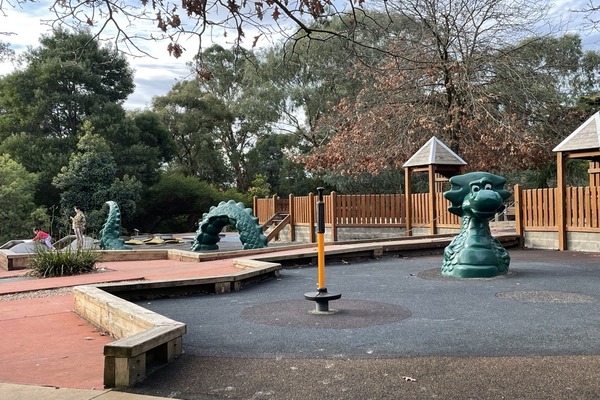
Cardiac treatment at Epworth HealthCare has come a long way since Mr George Westlake performed the first open-heart surgery at a private hospital in Victoria in 1981.
That year’s opening of Epworth’s first cardiology unit at its flagship Richmond facility in Melbourne – a project headed by another medical pioneer, Dr Graeme Sloman – led to multiple innovation milestones in the ensuing four decades.
Now, in 2022, Epworth’s team of specialists is looking forward to a new era where technology is helping to connect people with their cardiac care and provide better outcomes.
Cardiologist Dr Shane Nanayakkara said wearable monitoring equipment and artificial intelligence would play a bigger role in diagnosing and treating patients over the next 40 years.
“Increasingly, we are seeing people with smart watches capturing an incredible amount of information about their heart – their heart rate, how it changes with their activity levels, and even a simple ECG,” he said.
“We have fitness trackers, smart belts and even smart shoes tracking activity. Some smart watches can actively capture a single-lead ECG over 10 seconds, and track your heart rate over the whole day, notifying you if you have an irregular heart rate.
“As these technologies become more accurate, assisted by artificial intelligence, we will see a more specific and sensitive way of diagnosing abnormal cardiac rhythms.”
Machine learning – a subset of artificial intelligence – is being used to help predict coronary artery disease and identify patients’ risk of death following a cardiac arrest.
“Artificial intelligence helps produce a dynamic coronary roadmap where it can show the cardiologist pictures of the blood vessels in the beating heart, overlaid on an angiogram as it’s being done,” Dr Nanayakkara said.
“It means doctors can inject less contrast dye into a patient to get an accurate picture of the heart, which makes it safer for patients.”
At Epworth, patient health observations recorded on smartphone apps – such as heart-rate data or ultrasound scans – are entered into point-of-care screens in hospital rooms.
These electronic records are accessed by doctors and nurses over 20,000 times a day, allowing them to update patient information and access medical imaging, radiology and pathology results at the bedside.
Dr Nanayakkara also highlighted the advent of global trends such as technology increasing access to research, and telehealth enabling better health outcomes for people in indigenous communities and regional and remote areas.
“For all of those reasons, I am excited about the future of cardiology,” Dr Nanayakkara said.








